|
As promised this week we’ll continue to explore the resources of DIGITALARKAVET. In particular let’s look at the church records available and how to explore them. When looking at the church records on DIGITALARKAVET, use suggestions mentioned last week such as remembering to choose the English option on the upper right of the screen and using the search filters. Within the category of church books you can find birth/baptisms, confirmations, marriages and deaths. In addition, they have records that reflect people coming and going from the parish. If your relative left for America, you may find a record that notes your ancestor and the family members who left to travel to America. Or you may find an elusive relative who moved from one location to another within Norway. Remember to check these useful records. Let’s look at an example search to be better understand the screens and nuggets that make your search productive. We are going to focus on the church books for Norway. You can research church records abroad from this site as well. Here’s what the main search screen looks like: I would ignore the first two filters and focus on the county and the time span. You can filter on the parish but be aware that you may need to broaden your search. Your people may have lived in one parish but were baptized in another. These parishes were not far apart. It’s something to keep in mind. The other filter that is useful is the list type. Click in that box and your choices are born and baptized; illegitimate born and baptized; confirmation; married; deceased and buried; in-migrated. Here are the results for a search for Buskerud county between 1743 to 1745 with the list type of born and baptized. The list is too long to display and you’re probably wondering why I didn’t choose the parish. I chose not to do so because I wanted to see what was available first. Perhaps a parish did not have records back as far as I wanted to look so by seeing the list and knowing the neighboring parishes, I could see at a glance instead of searching each one. In this case, we want the parish of Nes Kirkeboker. You’ll see that there are a few parishes included in Nes Parish book for the years 1707-1759. Like the census record books, you can view the first page of the book or look at the content which is equivalent to a table of contents. Here’s what the Content page looks like for Nes kirkeboker. As you can see this page displays by years and categories so if you know that your ancestor was born in 1743, you can just go to the born and baptized section and click on that year. If you chose instead to look at those two letter abbreviations on that search results page, you can hover over those letters to understand their meaning. For example, d.p. = born and baptized. You’ll also see that the description displayed includes the years for those records. Choosing to click on d.p. will take you to the first page for the born and baptized records for that parish. Since we know the year of birth already, let’s look at what happens if we click on 1743 instead. Yes, depending on the recorder of information, it is not fun to read. By choosing the 1743 date, we can see all church records for the year 1743 by moving the sliding bar at the top of this page you can see other records for that year. As you slid the bar, you’ll see that the filter changes to reflect the area of the book that you are viewing…deaths, marriages, confirmation. If you do not have an exact date, you would have started by choosing to open the birth and baptism records by clicking on the d.p. that we discussed in the previous paragraph. You would then slide the bar to the approximate timeframe and start searching.
When I clicked on the Nes Parish content page there was a list of the items I’d mentioned before: birth and baptisms, confirmations, marriages and death and burials. There were two additional items that may be worth snooping around: public confessions and notes. This wonderful blog called Norwegian Genealogy and then some has provided a great explanation and details about this section of public confessions. If you have Norwegian roots, you need to spend time learning from this site. Martin Roe Eidhammer is a Norwegian who has provided a wealth of information explaining the nuances of Norwegian genealogical research. I hope this will give you a glimpse into searching the Church Records of Norway. They truly are a treasure with many available from the 1700s. I hope you have fun checking out these records. And if your ancestor is listed in the public confession records… Well, it will add some color to your family story. <smile> Happy hunting! “Learning your family history is the key to unlocking who you are.” --FamilyTreeMagazine
0 Comments
Leave a Reply. |
AuthorWith a lifelong passion for genealogy and history, the author enjoys the opportunity to share genealogy tidbits, inspiring others to research and write their family story. Archives
July 2024
Categories |
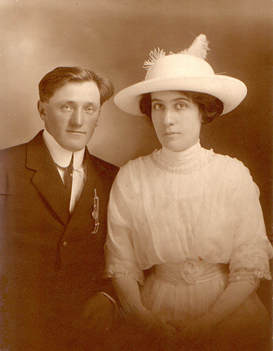
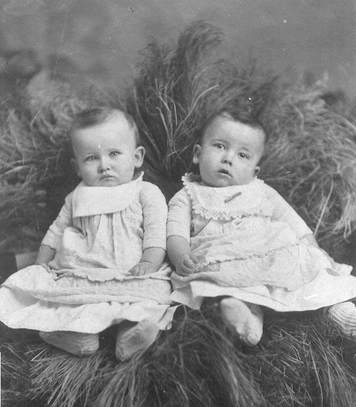
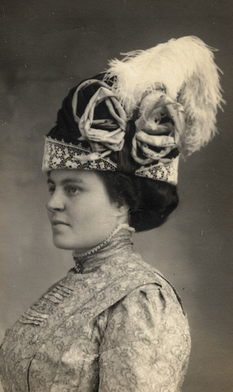

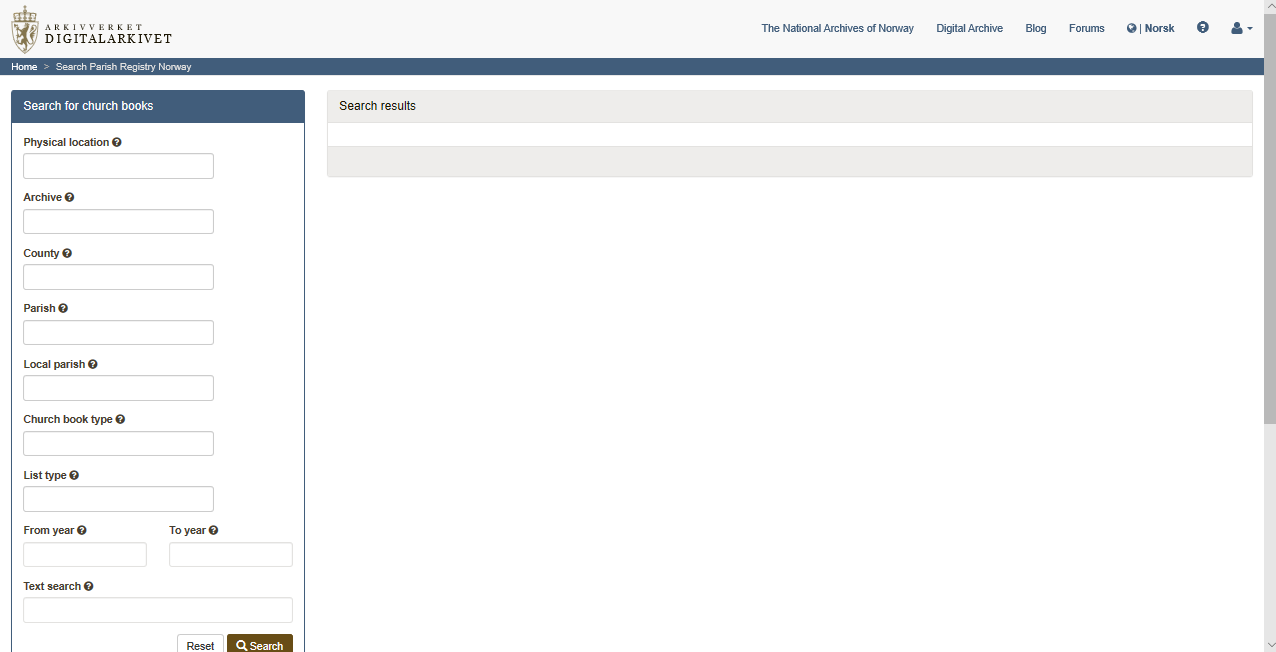
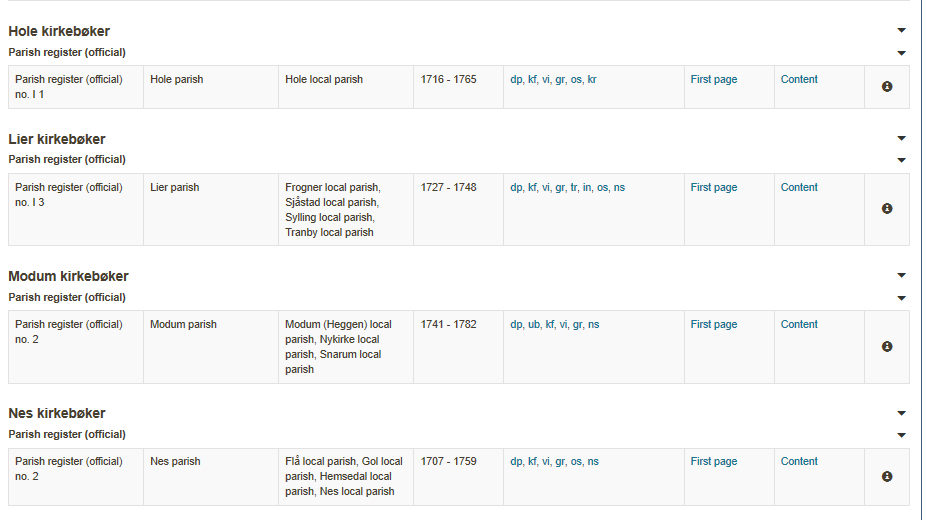
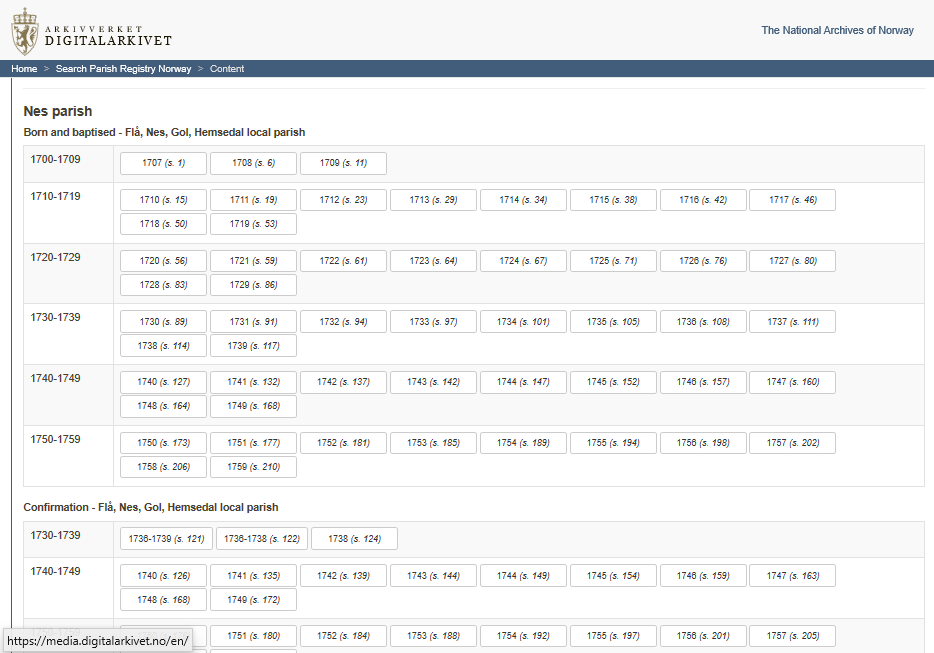
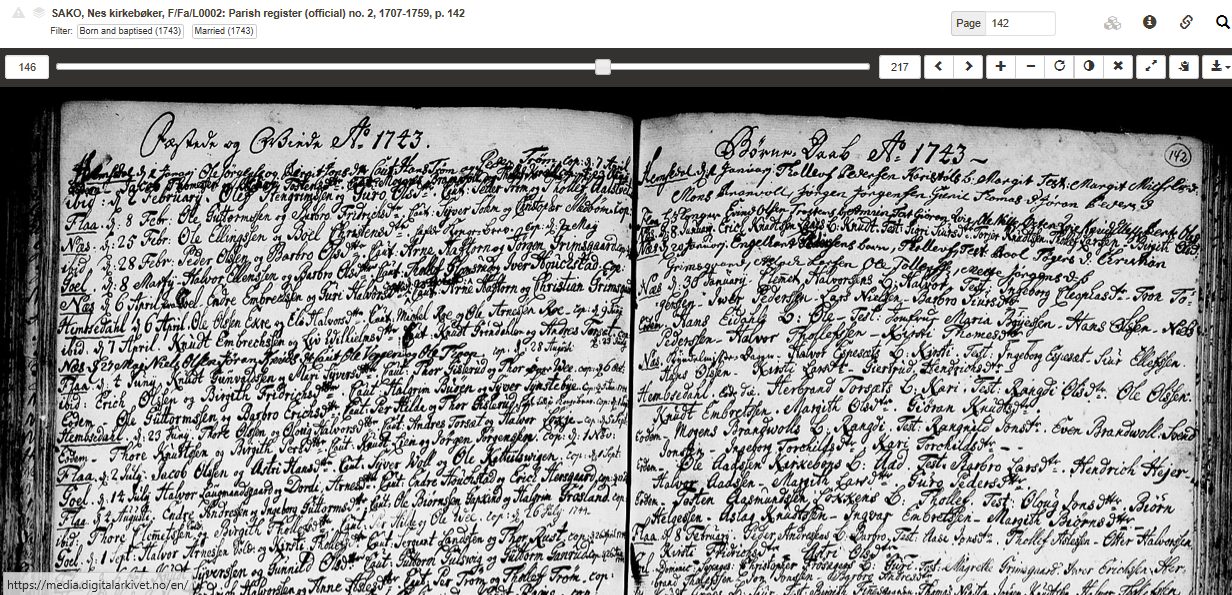
 RSS Feed
RSS Feed